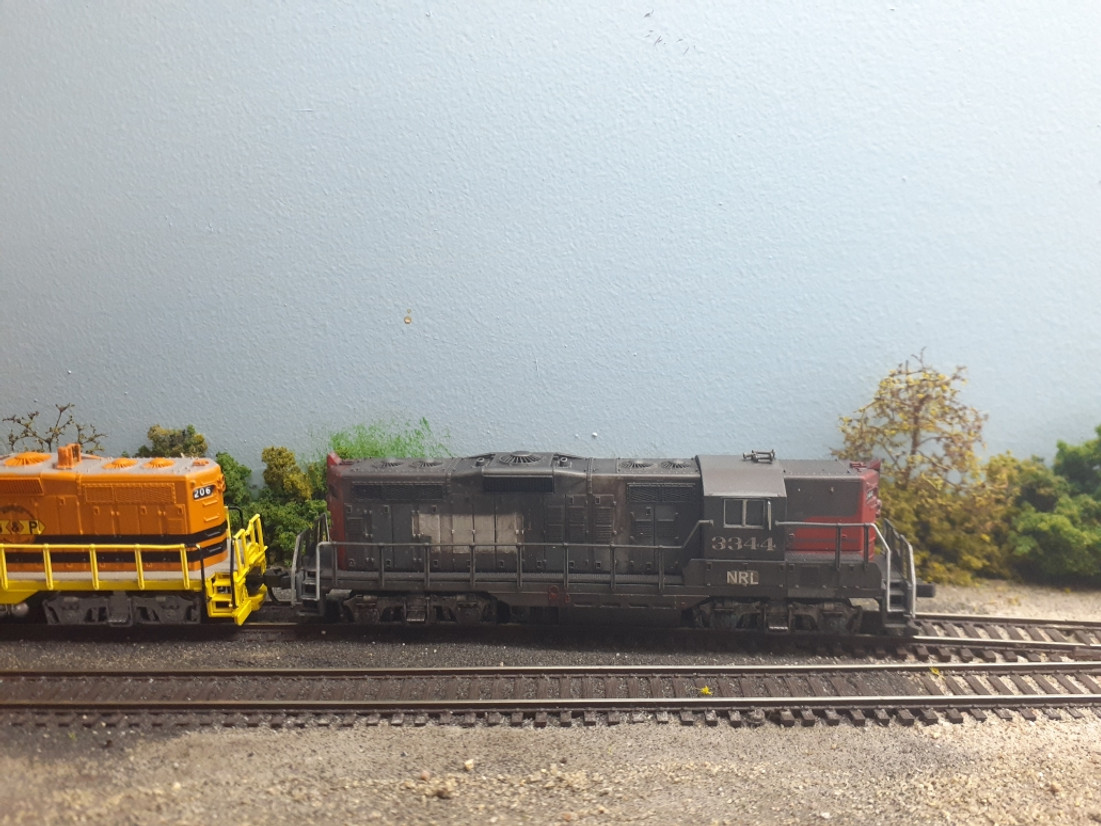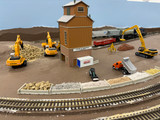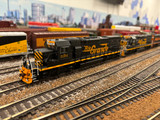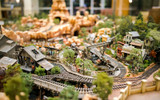Article 2: Weathering Locomotives on Your Model Railroad
Model railroading is a hobby that offers enthusiasts the opportunity to create intricate and realistic miniature worlds. One of the key elements in building a convincing model railroad is the weathering of locomotives. Weathering involves adding realistic wear and tear to your trains, making them look like they've seen years of service on the rails. In this article, we'll delve into the world of locomotive weathering, discussing its importance, safety precautions, preparation, various techniques, and maintenance.
Understanding Locomotive Weathering
Why Weather Your Locomotives?
Weathering your locomotives serves several crucial purposes. Firstly, it enhances the overall realism of your model railroad. Brand-new, shiny locomotives may look out of place on a layout designed to replicate the real world. Weathering adds authenticity and character, making your model trains blend seamlessly into their environment.
Secondly, weathering can tell a story. It conveys the history and operational life of a locomotive. A well-weathered engine might indicate a hard-working freight hauler, while a pristine one might suggest a recently restored museum piece.
Finally, weathering provides a creative outlet for model railroaders. It allows you to experiment with various techniques and styles, adding a personal touch to your layout.
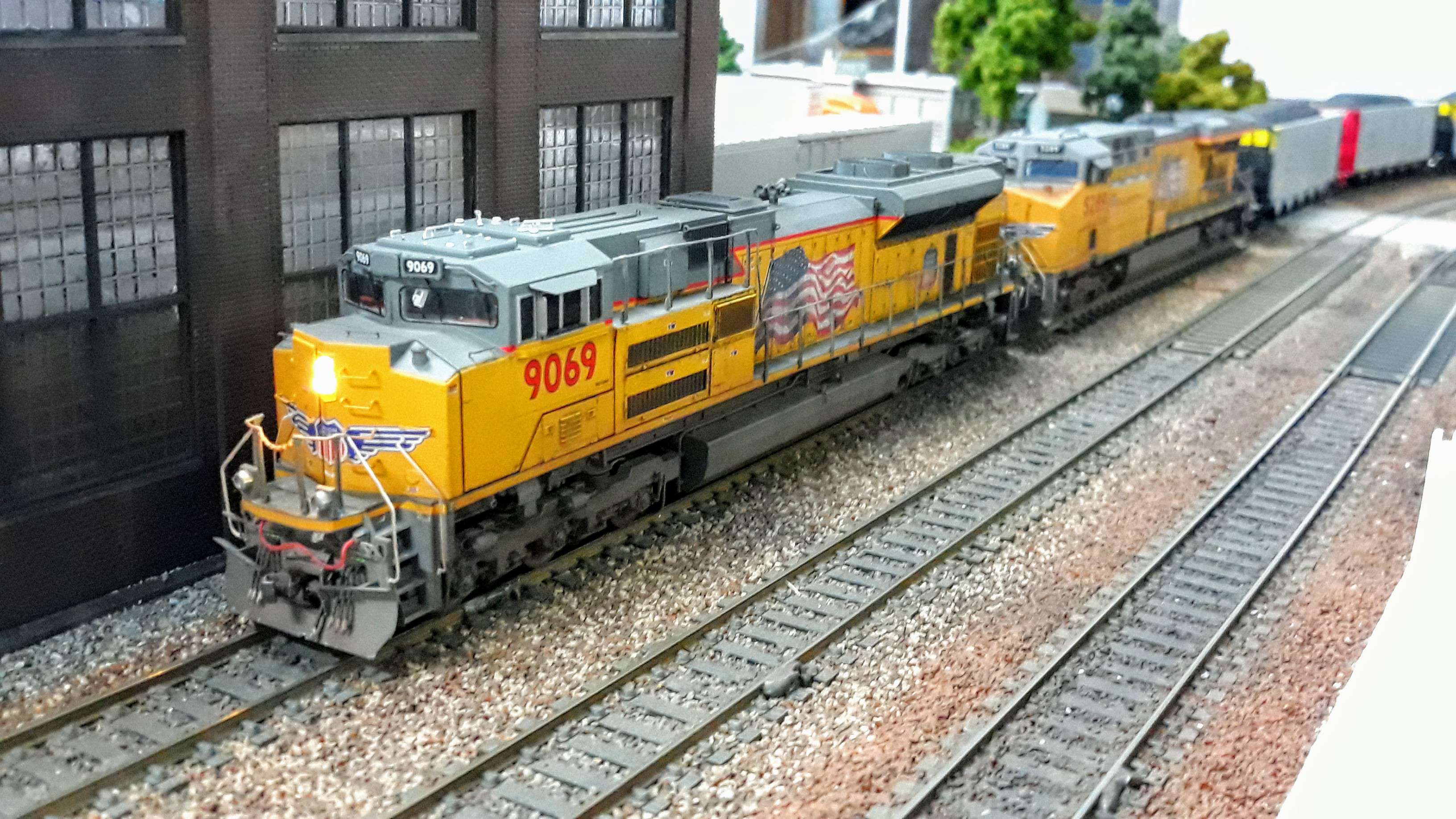
Safety Precautions and Guidelines
Before diving into the world of locomotive weathering, it's essential to be aware of some safety precautions and guidelines:
- Well-Ventilated Workspace: Work in a well-ventilated area or consider using a respirator to protect yourself from harmful fumes from paints and solvents.
- Eye Protection: Wear safety goggles to protect your eyes from debris and paint particles.
- Gloves: Use disposable gloves to prevent skin contact with chemicals.
- Children and Pets: Keep children and pets away from your workspace to ensure their safety.
- Read Instructions: Always read and follow the manufacturer's instructions for any products you use.
Preparing Your Locomotives
To start weathering your locomotives, you'll need to prepare them properly:
Cleaning and Disassembly: Begin by thoroughly cleaning your locomotive. Remove any existing dirt, dust, and oils from the surface. Disassemble the locomotive as needed to access all parts, but be sure to document the process to aid reassembly.
Selecting the Right Locomotive for Weathering: Consider the era and purpose of your model railroad. Choose locomotives that fit the timeframe and terrain you're modeling. Some locomotives might be better suited for weathering than others, based on their age, condition, and historical accuracy.
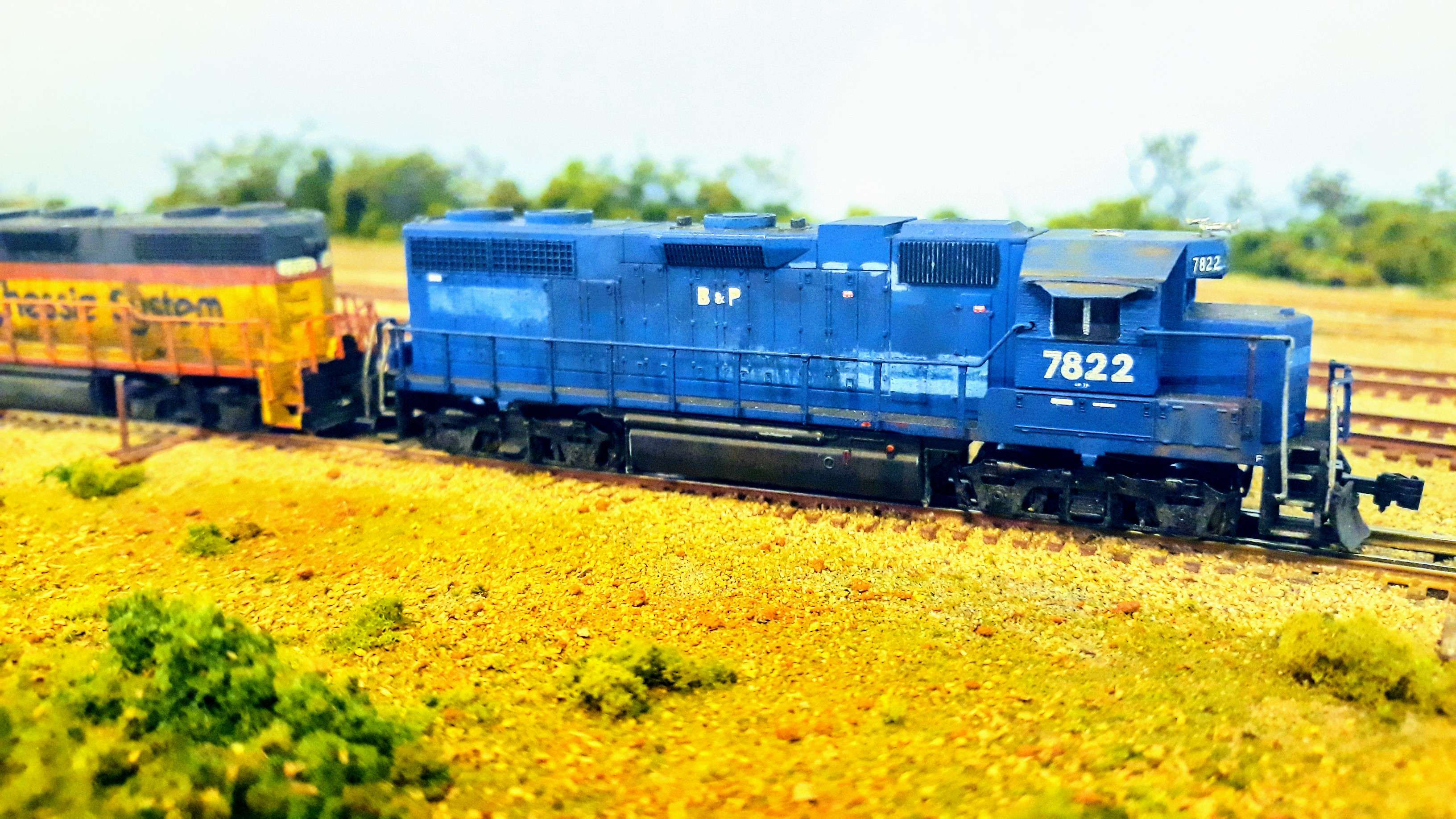
Weathering Techniques for Locomotives
Weathering involves multiple techniques that can be combined to achieve a realistic effect. Here are some common methods:
Realistic Paint Fading and Chipping: Mimic the effect of sunlight and weather exposure by carefully applying faded and chipped paint. Start with a base coat that represents the original paint and then layer on faded colors, using fine brushes and sponges.
Rust, Oil Stains, and Grime: Weathered locomotives should show signs of rust, especially on metal surfaces. Apply rust-colored paints and washes to simulate this effect. Oil stains and general grime can be achieved with a combination of washes and weathering powders.
Applying Decals and Logos: Carefully apply decals and logos, and then weather them to blend with the rest of the locomotive. This adds a touch of realism to your models, as real-world logos do not remain pristine over time.
Customizing and Adding Details: To further enhance realism, consider adding prototypical features such as hoses, pipes, and other intricate details. These can be scratch-built or purchased as aftermarket parts.
Weathering Steam and Diesel Locomotives Differently: Steam and diesel locomotives accumulated dirt and wear differently. Steam locomotives might have more soot and cinders around the smokestack, while diesel locomotives might have oil stains and paint wear near their fuel tanks and engine compartments.
Final Touches and Maintenance
Sealing and Protecting Your Work: Once you're satisfied with the weathering effects, protect your hard work by applying a clear sealer. This will help prevent further damage and preserve the finish.
Regular Maintenance for Weathered Locomotives: Keep your weathered locomotives in tip-top shape by performing regular maintenance. Clean the tracks to prevent dust buildup and ensure the smooth operation of your models.
In conclusion, weathering your locomotives is a rewarding aspect of model railroading that adds depth, character, and authenticity to your layout. By following the guidelines, taking safety precautions, and using the right techniques, you can create a captivating and realistic railroad world where your model trains truly come to life. So, roll up your sleeves, get creative, and start weathering your locomotives to take your model railroad to the next level.
Cover Photo Credit Jon Percy weathering done by Justin Sobeck
Additional Photos Courtesy of Jason Stiles
Recent Posts
-
All Aboard the Wisdom Express: Life Lessons from Model Railroading
Embarking on the journey of model railroading opens the door to a world where imagination meets prec
-
Capturing History in Miniature: The Art of Prototype Modeling in the Model Railroad World
Prototype modeling in the model railroad world involves creating miniature replicas of real-life tra
-
Unveiling the Imaginative World of Fictional Railroads: Where Creativity Meets the Rails
Model railroading has long been a hobby rooted in historical accuracy and meticulous attention to de

